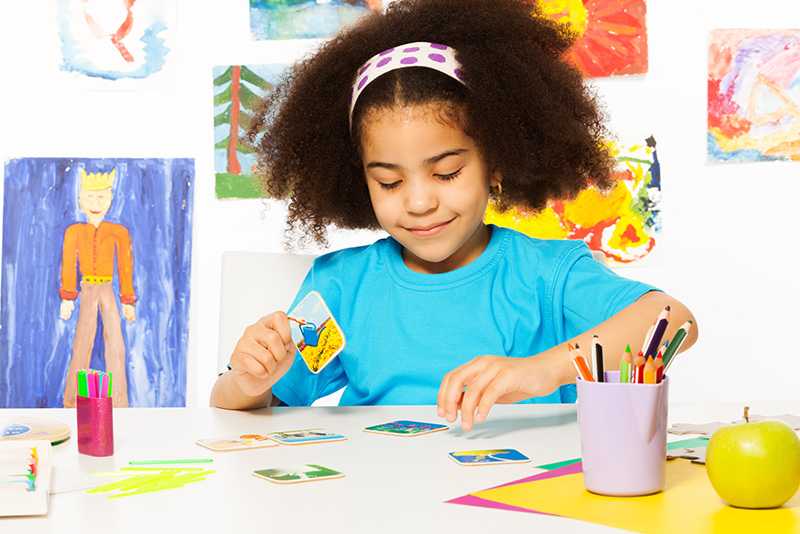Communication is an essential skill that we use in nearly all areas of life. From forming relationships to sharing your ideas in work or school settings, communication is a critical skill. Many children with autism spectrum disorder (ASD) struggle with communication. In this article, you’ll learn how to adapt ABA techniques for nonverbal children with autism so your child can develop effective communication skills inside and outside the classroom.
At Carebot ABA, we provide tailored behavioral therapy to help children with ASD grow their self-confidence and learn new skills to reach their fullest potential. We understand that each child has unique needs. That’s why our children’s therapy center offers a wide range of therapeutic techniques to ensure your child can receive the tailored support they need to thrive and achieve their full potential.
Contact us to learn more about how we can support your child today.
What Are ABA Techniques?
Before diving into how to adapt ABA techniques for nonverbal children with autism, it’s first important to understand what ABA techniques are. ABA (applied behavior analysis) techniques are a form of therapy that helps children with autism develop fundamental skills essential to foster more confidence and independence. The goal of ABA techniques is to reinforce certain positive behaviors while minimizing behaviors that may be problematic to themselves and those around them.
How to Adapt ABA Techniques for Nonverbal Children with Autism
Not all communication is verbal. In fact, research suggests that nonverbal communication components (ie. body language and tone of voice) account for around 90% of effective communication. Below are several ways in which you can adapt ABA techniques for nonverbal children with autism so they can effectively communicate with others.
- Use Non-Verbal Cues
As mentioned above, much of communication (whether you realize it or not) is nonverbal. Therefore, it’s important to lean into nonverbal cues like gestures, body language, and facial expressions a nonverbal child with autism can use to communicate. These non-verbal cues are a straightforward way to communicate a wide range of emotions, thoughts, and feelings a child may be experiencing.
- Use Flashcards with Pictures
Next, consider using flashcards with pictures to help depict certain behaviors and actions. Using visual cues like flashcards with pictures can teach the child a wide range of activities, actions, and behaviors that they can refer to and learn about. For example, certain activities like soccer or swimming can be depicted on flashcards to teach and show the child different activities. You can also use flashcards to depict various emotions and words, such as teaching a child emotions like happiness, sadness, or anger.
- Teach and Use Basic Sign Language
Another way to adapt ABA techniques for nonverbal children with autism is by teaching and using basic sign language. Sign language can significantly help a child effectively express their thoughts, feelings, and emotions. And, they can converse back and forth with other peers, family members, and therapists who also know sign language.
- Use Video Stories to Demonstrate Behavior
Video stories and modeling are another way to adapt ABA techniques for nonverbal children with autism. Visual elements like video stories can be a great way to show a child different actions and behaviors that they can imitate or reenact. For example, a video story that depicts someone your child knows dancing or playing basketball can help teach the child certain activities that they can develop and imitate.
Help Is Available
Now you know more about how to adapt ABA techniques for nonverbal children with autism. From using flashcards with pictures to teaching basic sign language, there are a wide range of options you can use to adapt ABA techniques to best meet your child’s unique needs.
At Carebot ABA, we are here to help your child receive the tailored care that they need to thrive. We understand that every child with ASD has a unique set of needs. That’s why we offer a comprehensive range of ABA therapy programs to ensure your child can reach their full potential. Contact us today to learn more about how our team can best support your child.
